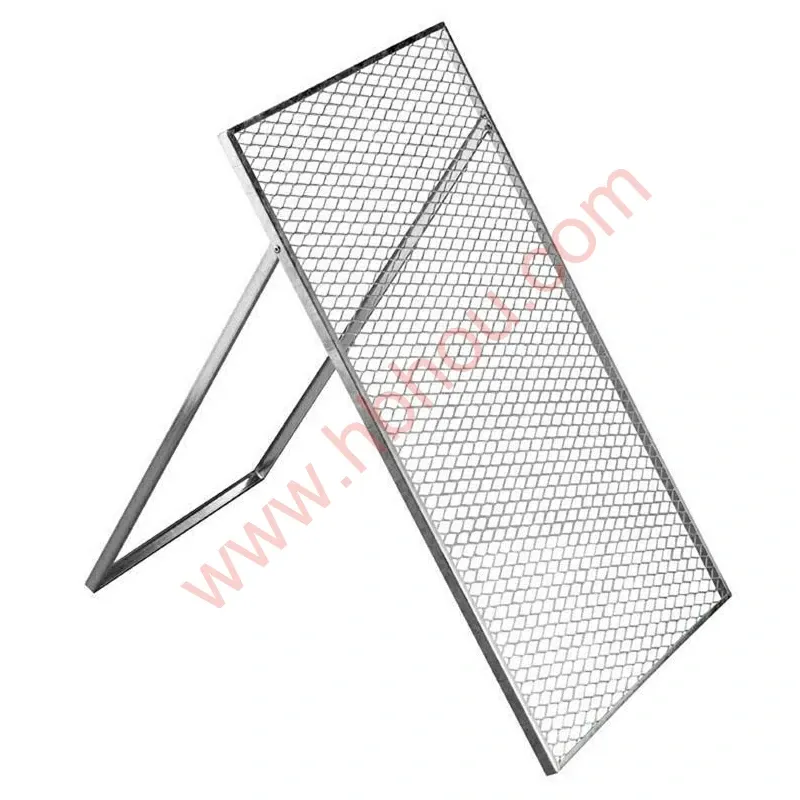Understanding the Steps in Electric Fence Installation
Electric fences have become a popular choice for property owners looking to secure their land or manage livestock effectively. They offer a flexible, efficient, and cost-effective solution compared to traditional fencing methods. However, installing an electric fence requires careful planning and execution. This article will walk you through the essential steps involved in setting up an electric fence, ensuring you have a safe and effective barrier.
Step 1 Planning and Preparation
The first step in installing an electric fence is thorough planning. Assess the area you wish to enclose or protect. Consider the terrain, the type of animals you want to secure, and any existing structures or natural barriers. It's crucial to measure the perimeter accurately to determine how much fencing material you'll need.
You must also check local regulations as some areas have specific rules regarding the height and voltage of electric fences. Moreover, identify any underground utilities before digging post holes. This step can prevent costly damages and ensure safety during installation.
Step 2 Choosing the Right Materials
Once you have a clear plan, the next step is selecting the appropriate materials. Electric fences typically consist of several components electrified wire, insulators, posts, a power source (such as a battery or solar charger), and grounding rods.
The type of wire you choose can significantly impact the fence’s effectiveness. High-tensile wire is more durable and can withstand greater tension, making it suitable for large enclosures. In contrast, polywire or polyrope is lighter and easier to handle, which might be ideal for temporary setups.
Insulators are also critical as they prevent the electrical current from grounding out through the fence posts. Depending on the type of posts you use (wood, metal, or PVC), you will need the appropriate insulators to keep the electricity flowing along the wire.
Step 3 Installing the Posts
Post installation is crucial for the stability of your electric fence
. Start by marking the locations for the posts, ideally every 10 to 12 feet, depending on the type of material used and the terrain.Dig holes for the posts at least two feet deep, ensuring they are set firmly to withstand environmental pressures. For added stability, especially in windy or uneven conditions, you can pour concrete around the posts. Allow the concrete to cure before proceeding to the next step.
Step 4 Stringing the Wire
step in electric fence

After the posts are securely in place, it's time to string the wire. Start at a corner post and pull the wire through the insulators on each post, ensuring it remains taut. This step is essential, as loose wire can lead to short circuits or would-be escape routes for animals.
If you are using multiple strands of wire, space them evenly according to the height suitable for the animals or the level of security required. For larger animals, a height of 30 to 40 inches is generally recommended.
Step 5 Connecting the Power Source
Once the wire is strung, the next step involves connecting the electric charger to the fence. Follow the manufacturer's instructions carefully to ensure a proper setup. Connect the positive wire (usually marked red) to the fence wire and the negative wire (typically black) to the grounding rods.
Make sure to install the grounding rods in moist soil for better conductivity. A well-grounded system is essential for the electric fence to function correctly. Additionally, check the charger’s output voltage to ensure it is appropriate for the type of animals you are containing.
Step 6 Testing the Fence
After everything is set up, it’s time to test the electric fence. Use a voltage meter to measure the output along the wire, ensuring that it is operating within the recommended voltage range. Walk along the fence line to check for any areas where the current may be grounded out, such as brush touching the wire or damaged insulators.
Step 7 Safety Measures and Maintenance
Finally, it’s essential to implement safety measures to ensure that both humans and animals remain safe around the electric fence. Install warning signs to indicate the presence of an electric fence and regularly inspect the fence for any damage or irregularities.
Routine maintenance is necessary to keep the fence functioning correctly. Check the connections, insulators, and wires periodically, especially after severe weather, to ensure everything remains in good condition.
Conclusion
Installing an electric fence can provide an effective means of securing your property or managing livestock. By following these steps—planning, selecting the right materials, installing posts, stringing the wire, connecting the power source, testing, and maintenance—you can ensure a successful installation that serves its purpose for years to come.
















